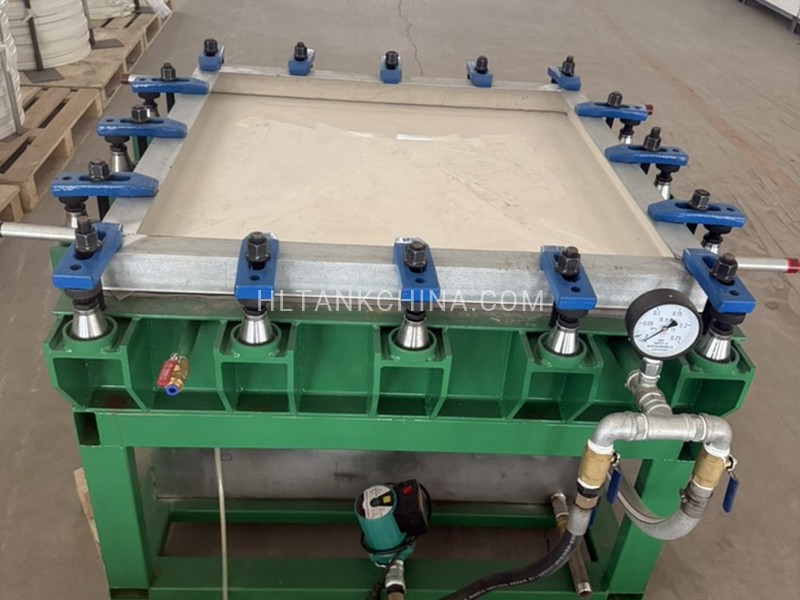
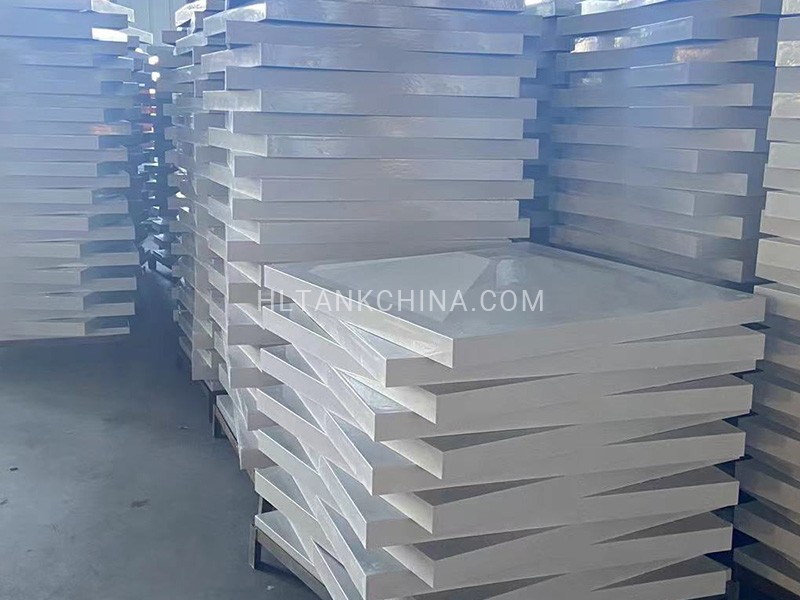
What is GRP/FRP/SMC Water Tank Panel Hydrostatic Pressure Testing?
Hydrostatic pressure testing for GRP (FRP/SMC) water tank panels is conducted to verify each panel’s strength and sealing performance under actual water pressure conditions. The water pressure is calculated based on the tank’s design height, simulating the real load that each panel must withstand when the tank is full. Using a hydrostatic test device, pressure is applied to individual panels to ensure they meet structural requirements, prevent leakage, and maintain long-term durability. This testing is essential to ensure the tank’s reliability and overall product quality.
Key Points of Hydrostatic Pressure Testing for GRP/FRP/SMC Water Tank Panels
Purpose: To verify the panel or tank’s ability to withstand its designed water pressure and volume without leakage, deformation, or structural failure.
Method: Water is filled to a height based on the tank’s design (reflecting actual usage conditions) and maintained for 24 hours.
Pressure Level: Calculated according to water head (e.g., 1 meter ≈ 0.1 bar).
Inspection: Check for leaks, panel distortion, gasket displacement, or bolt loosening during the test.
Standards: Testing may comply with standards such as BS 7491, SS 245, depending on project requirements.
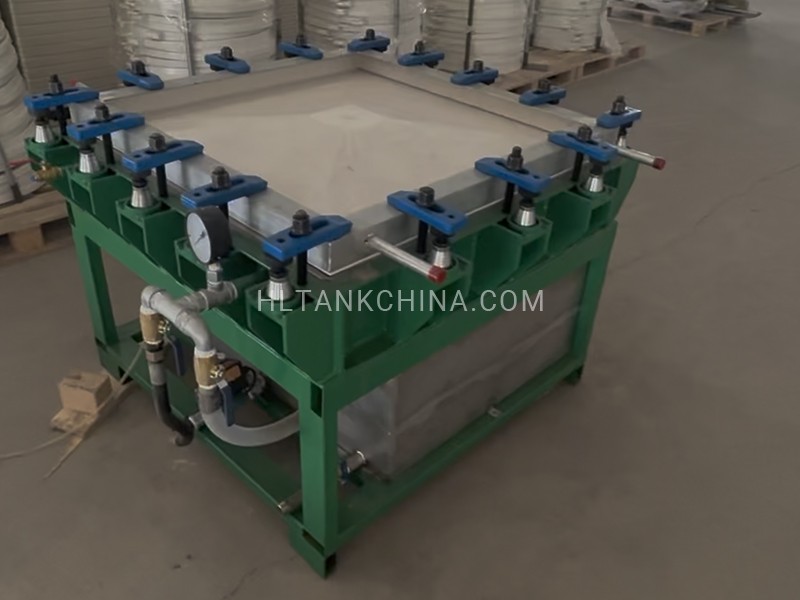
Comprehensive Hydrostatic Pressure Testing for GRP/FRP/SMC Water Tank Panels
For every project, we conduct thorough hydrostatic pressure testing on the base panels, side panels, and top panels. By simulating actual water pressure based on the designed tank height, we assess the stress tolerance of each panel type individually. This process ensures that every part of the tank—especially the structurally critical bottom and side panels—meets strength, sealing, and durability requirements. Regular inspection during testing helps prevent leakage, deformation, or failure, thereby guaranteeing long-term safety and consistent product quality.

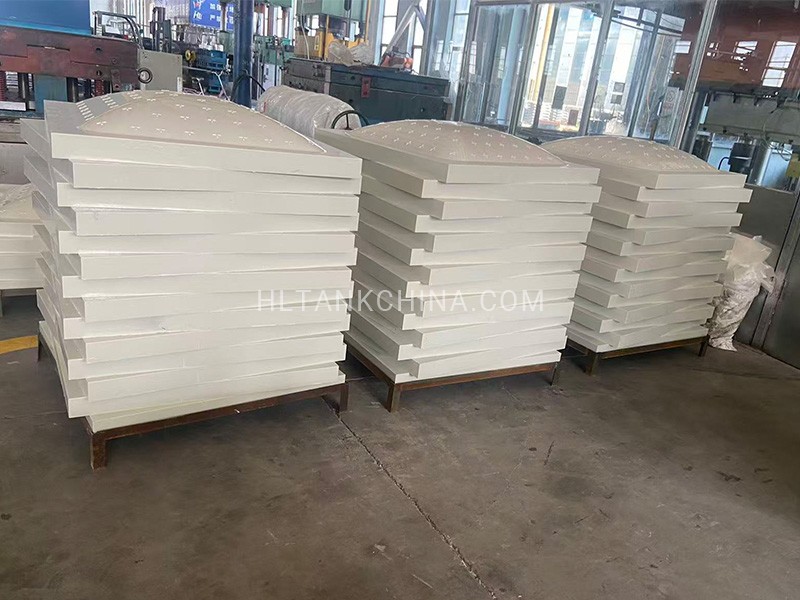
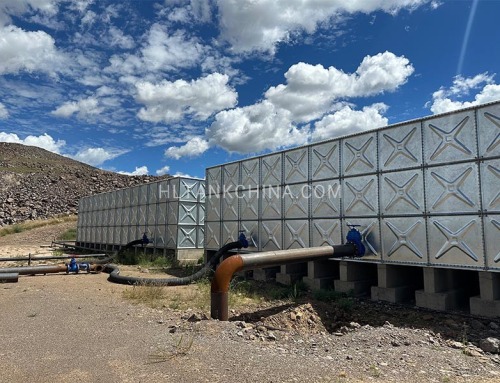
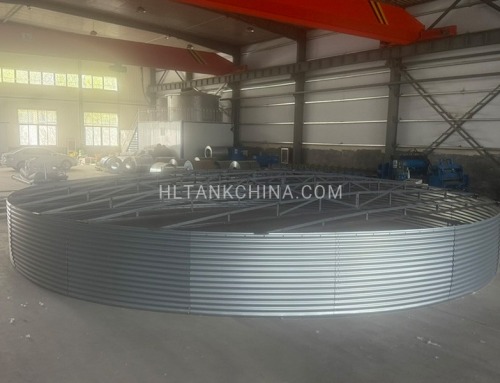
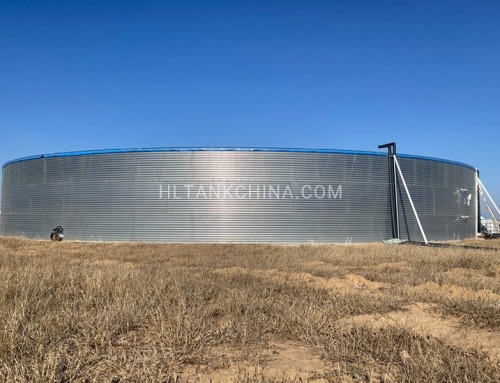
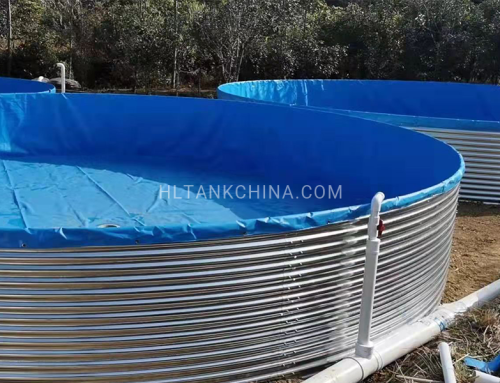
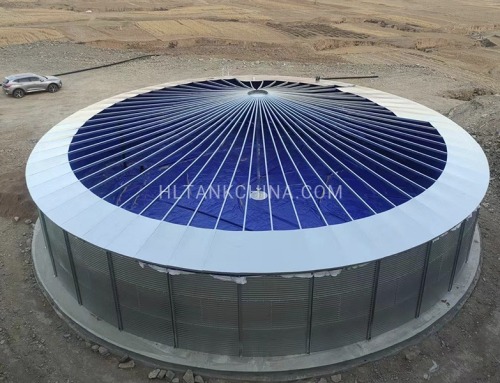
Leave A Comment